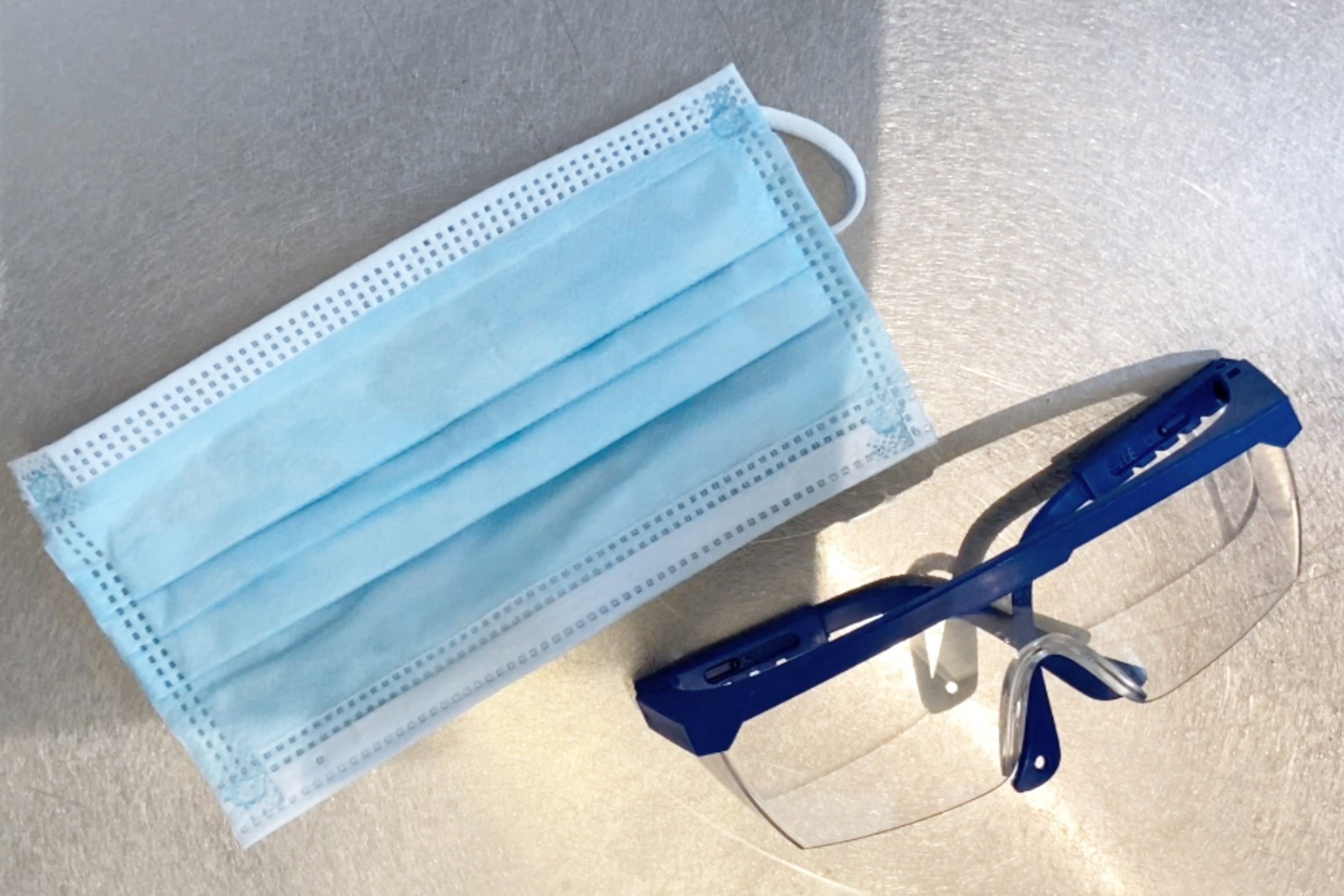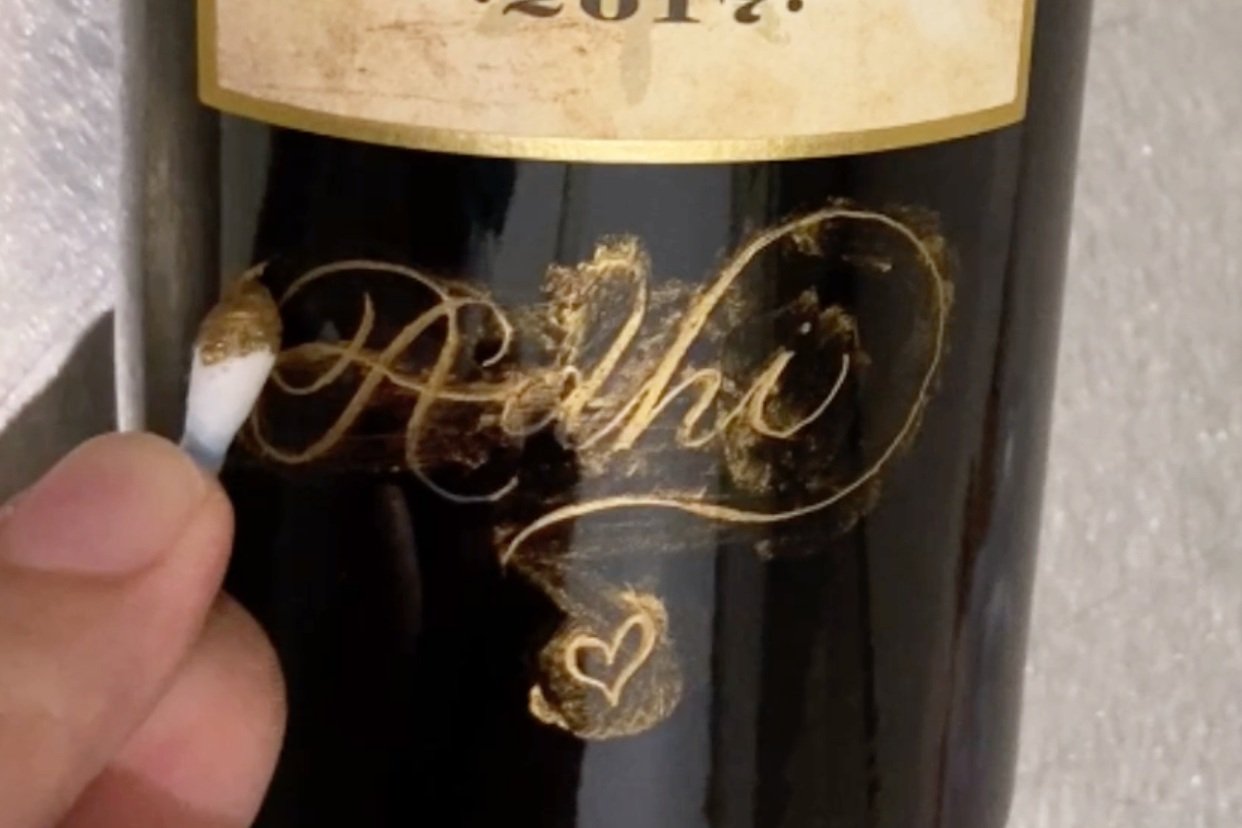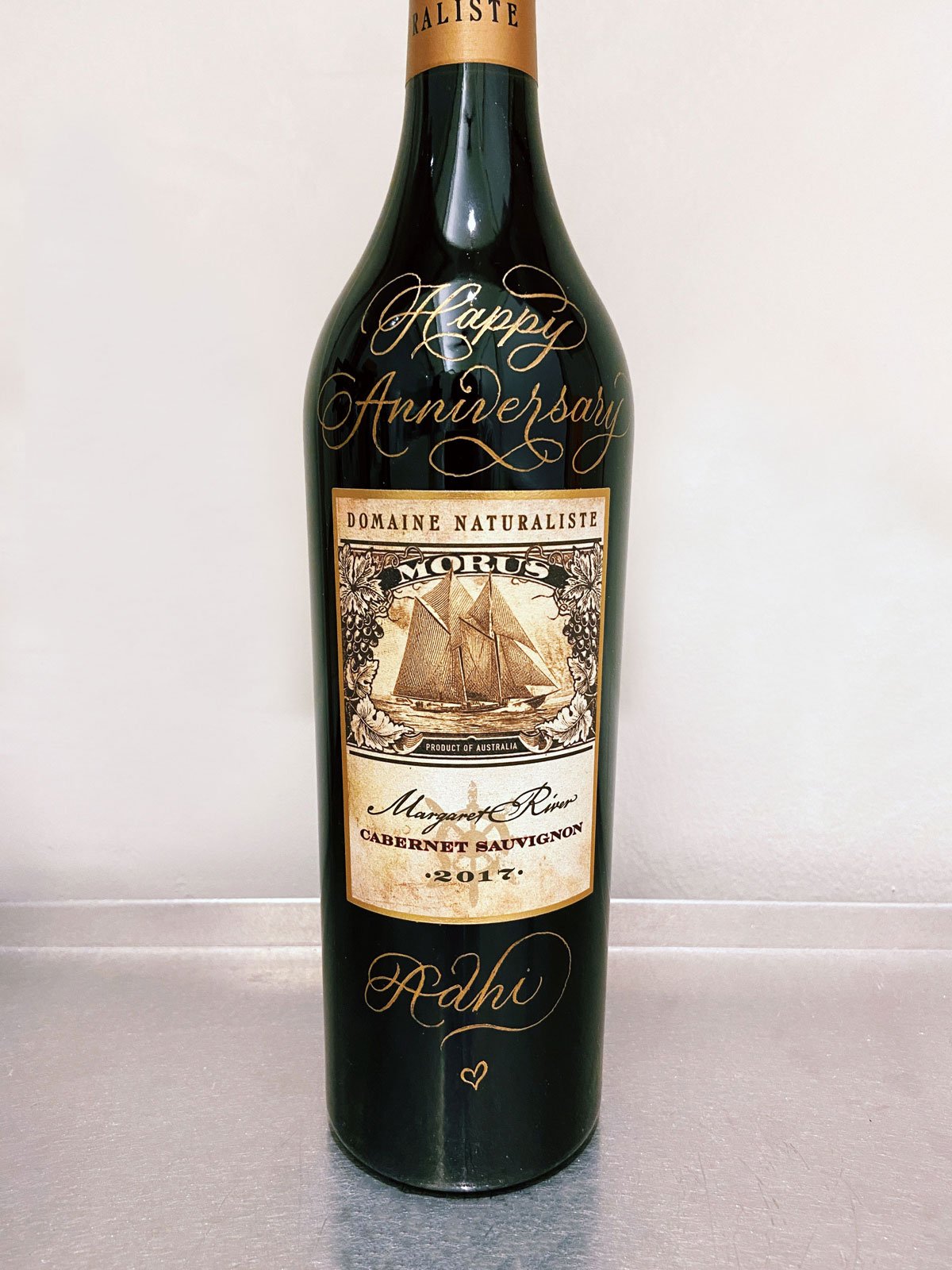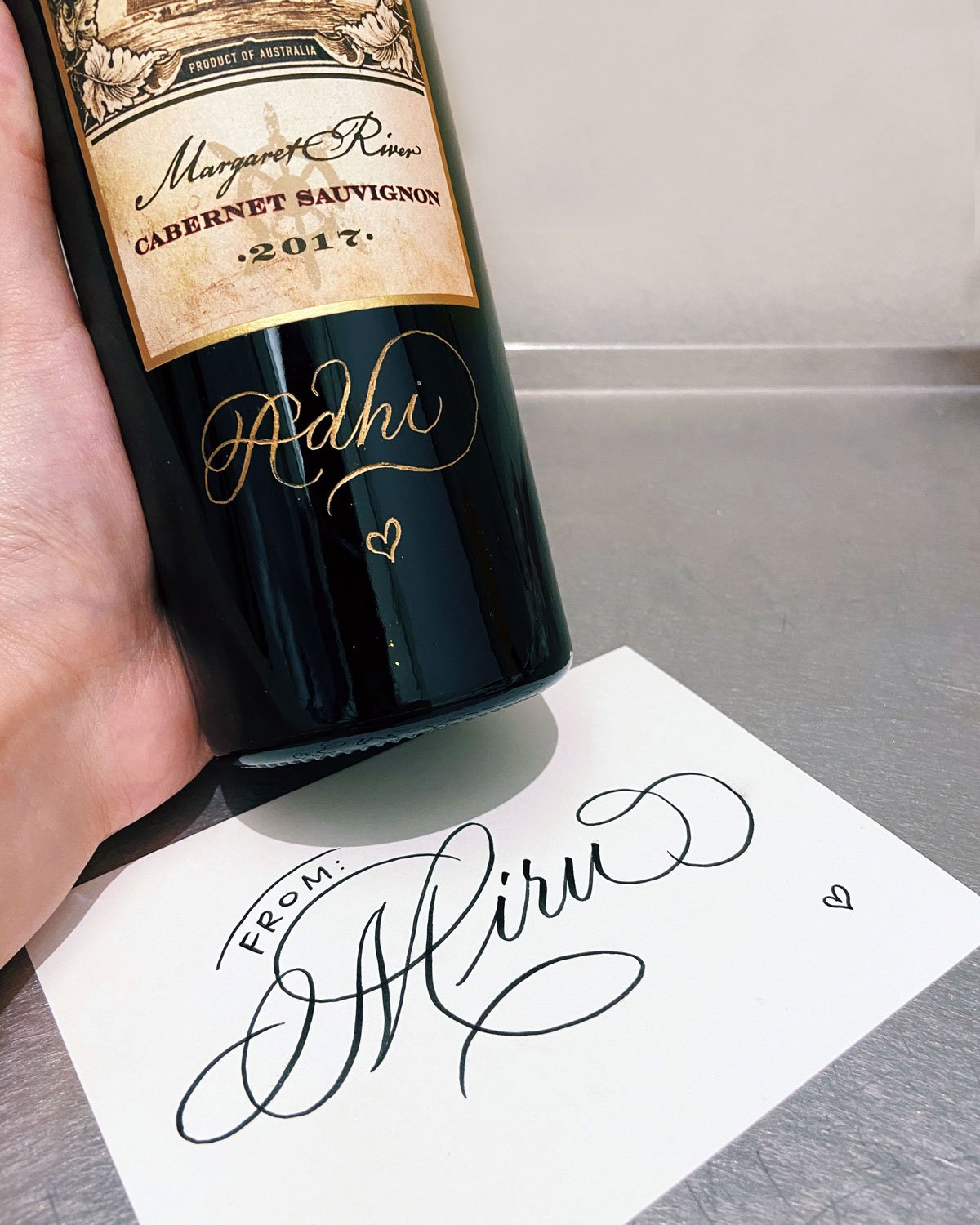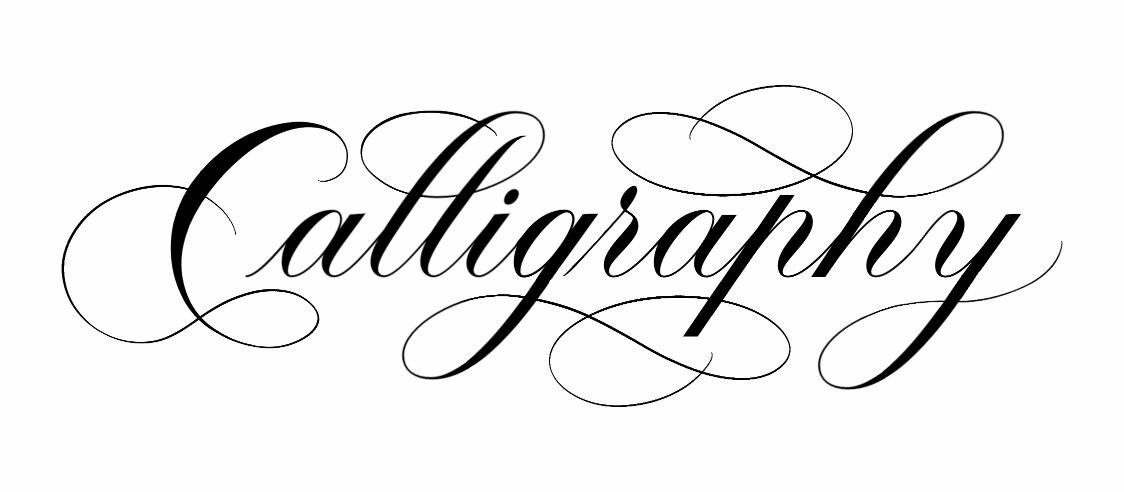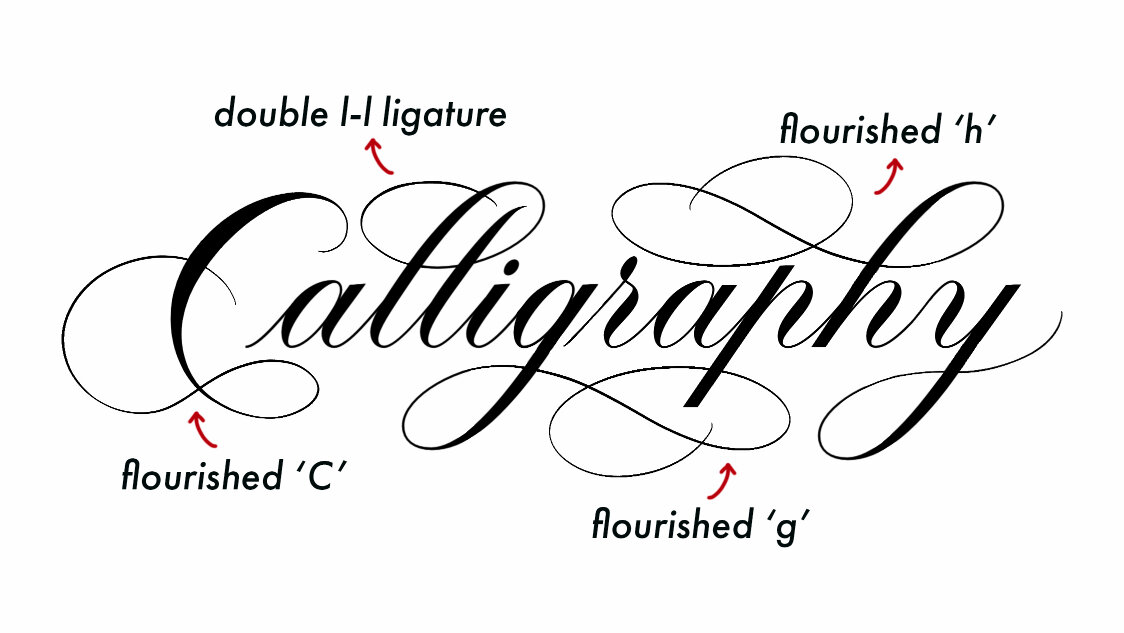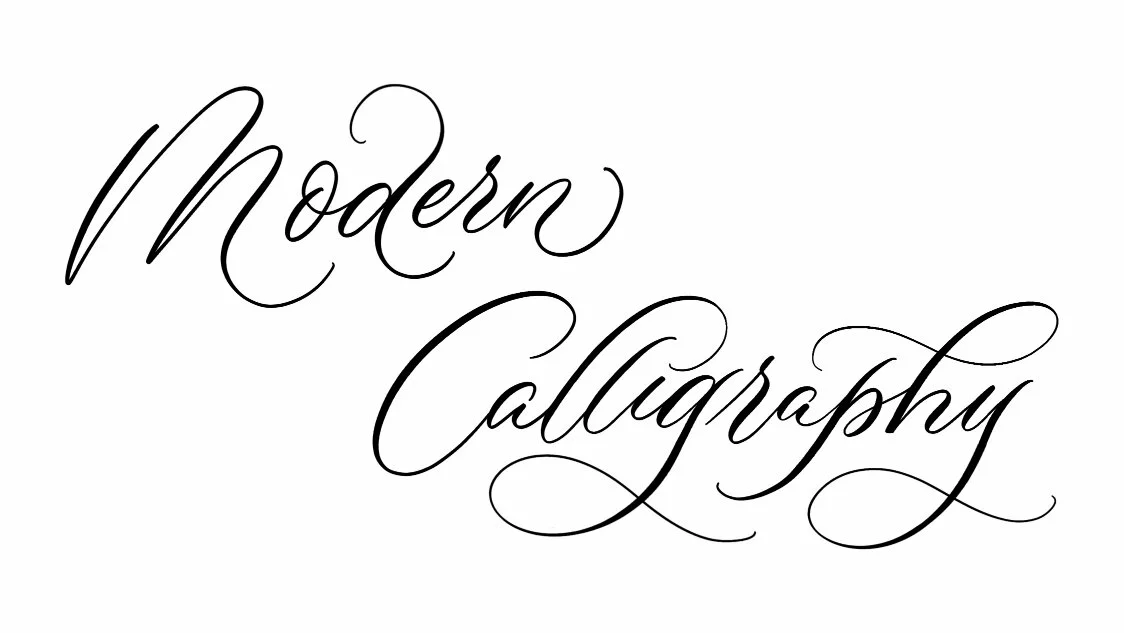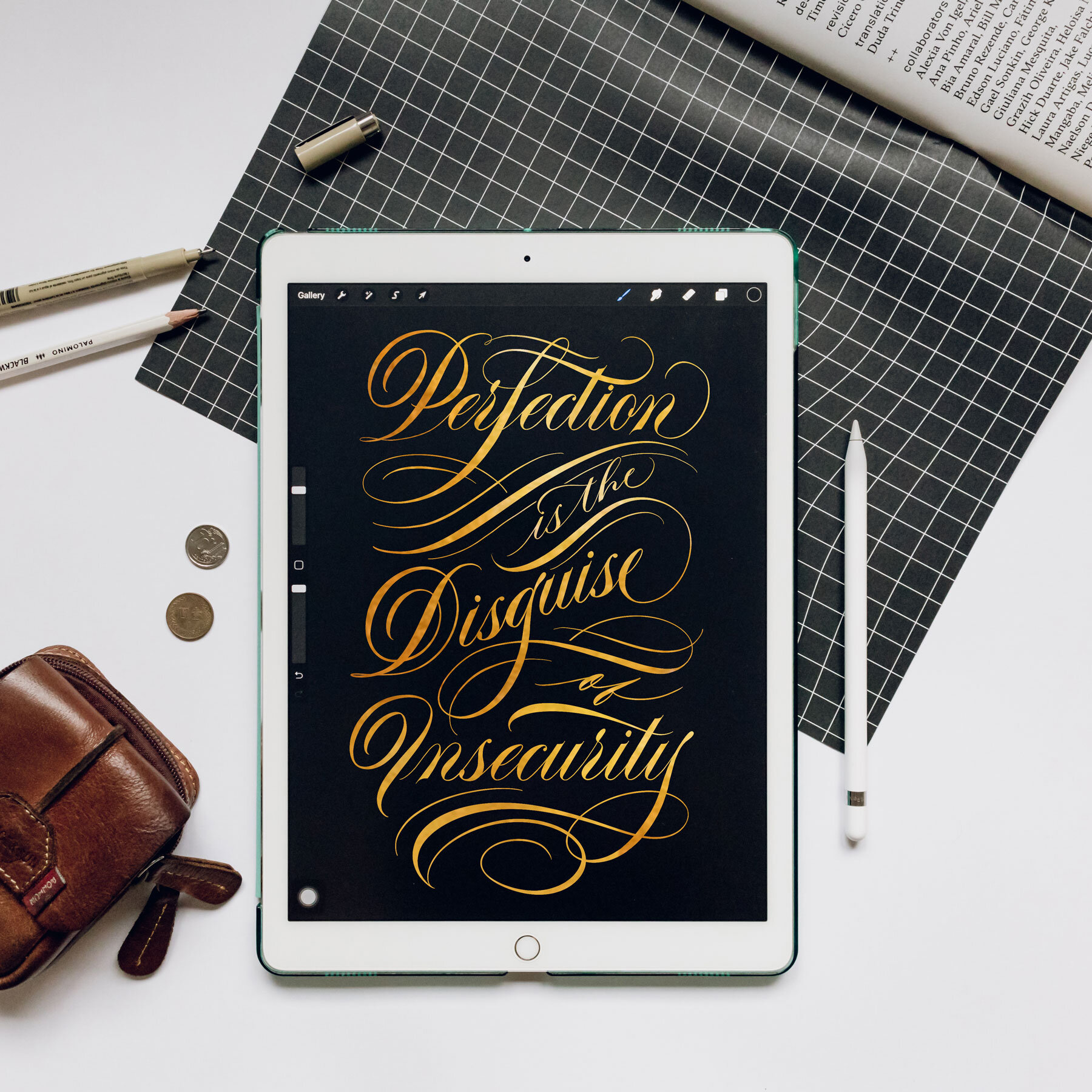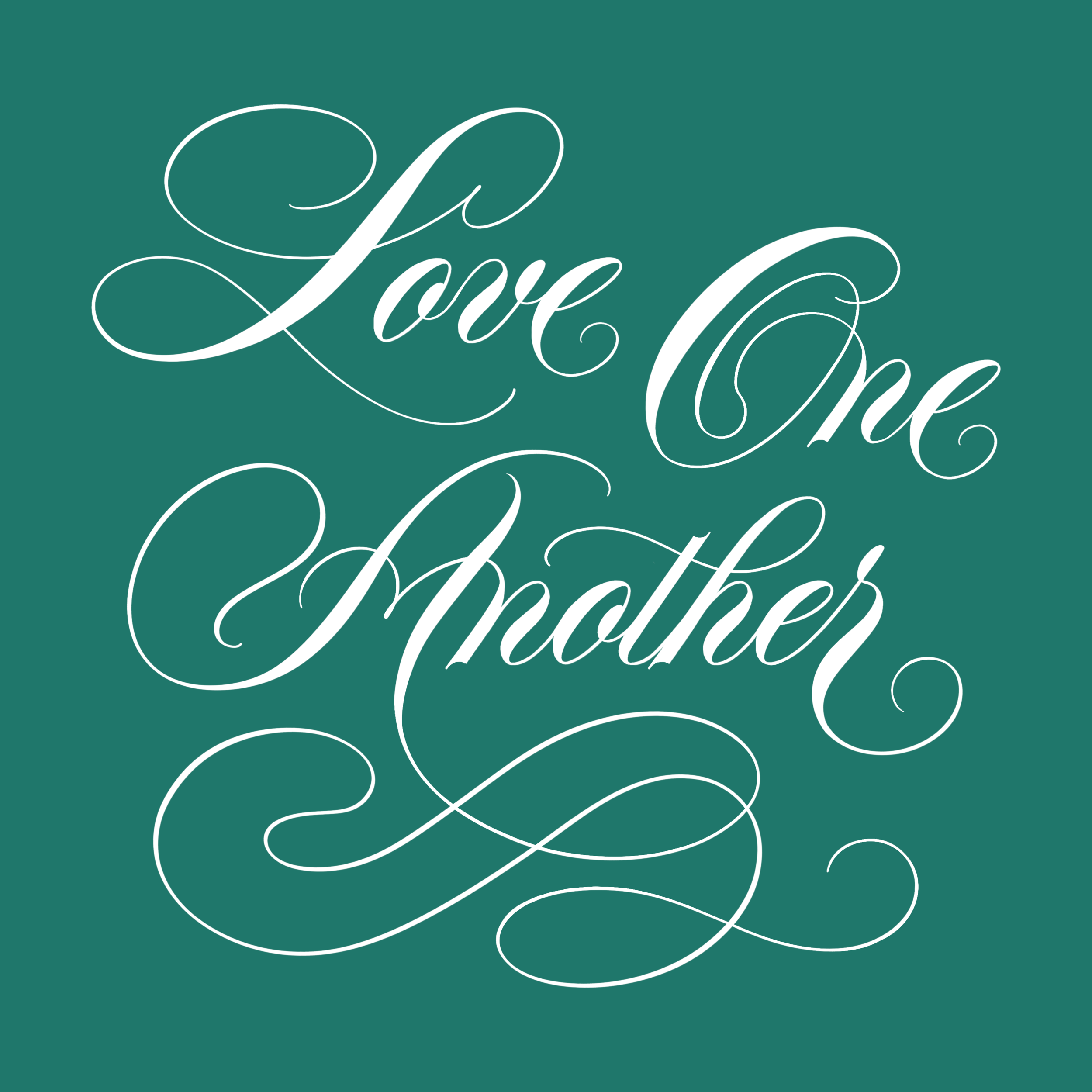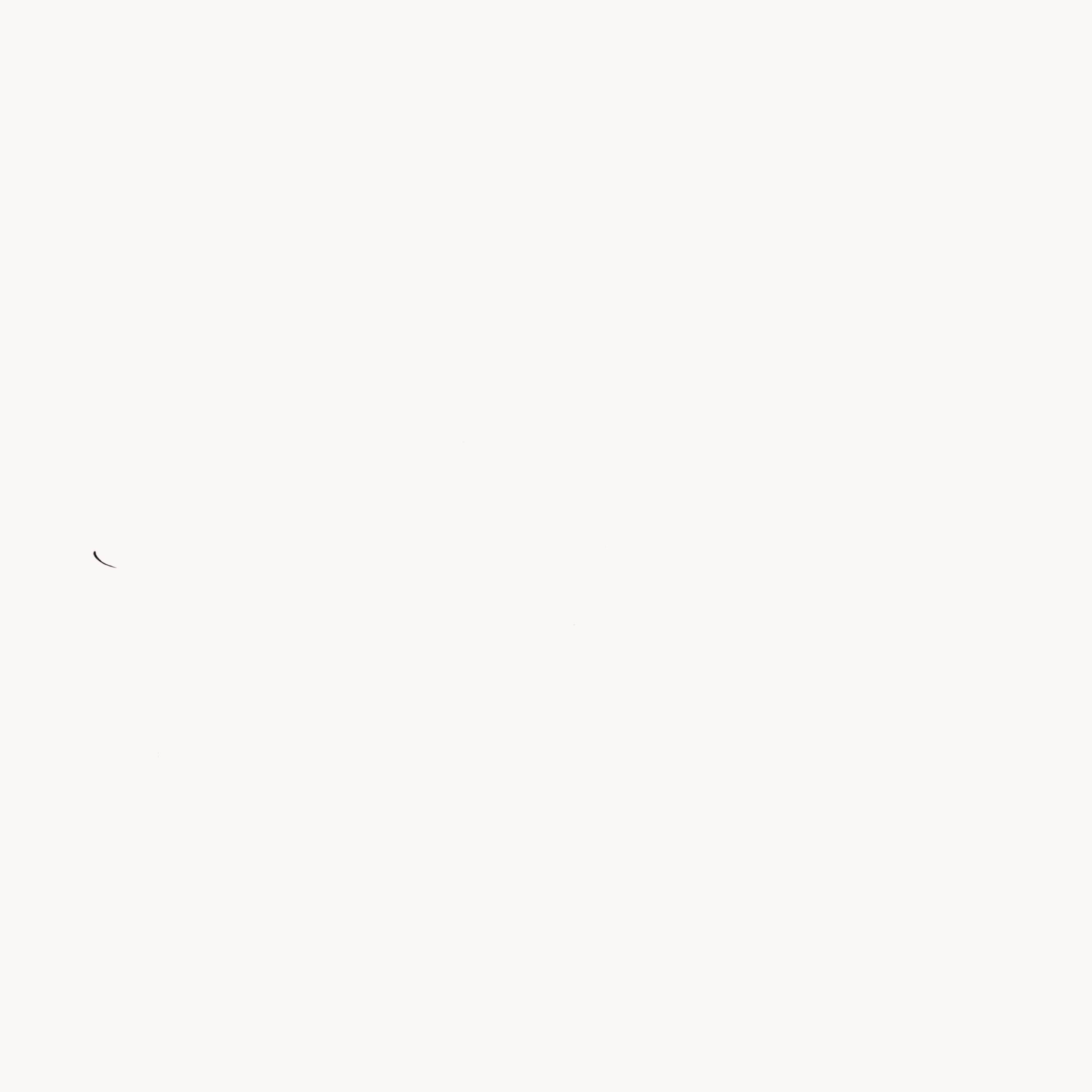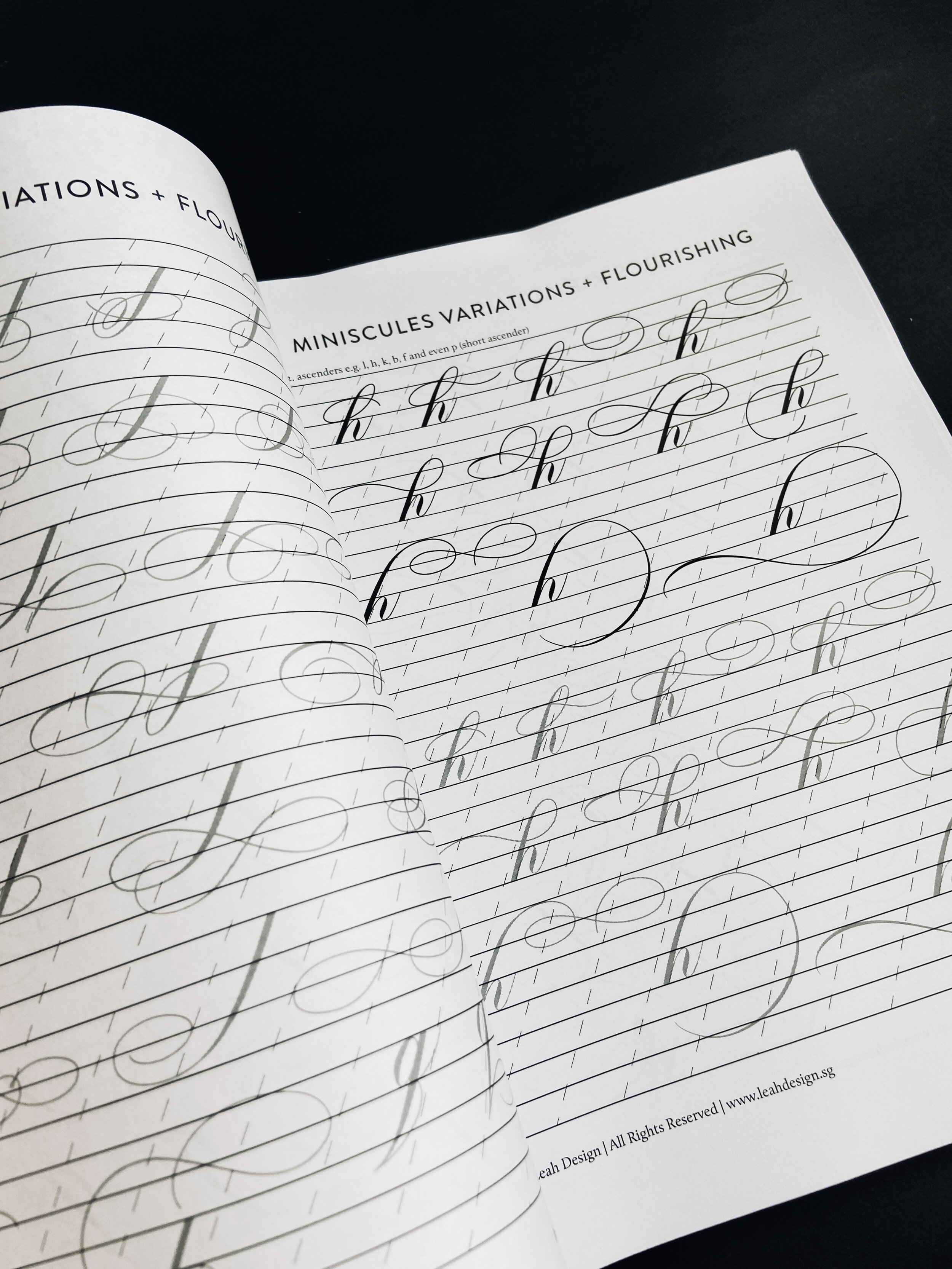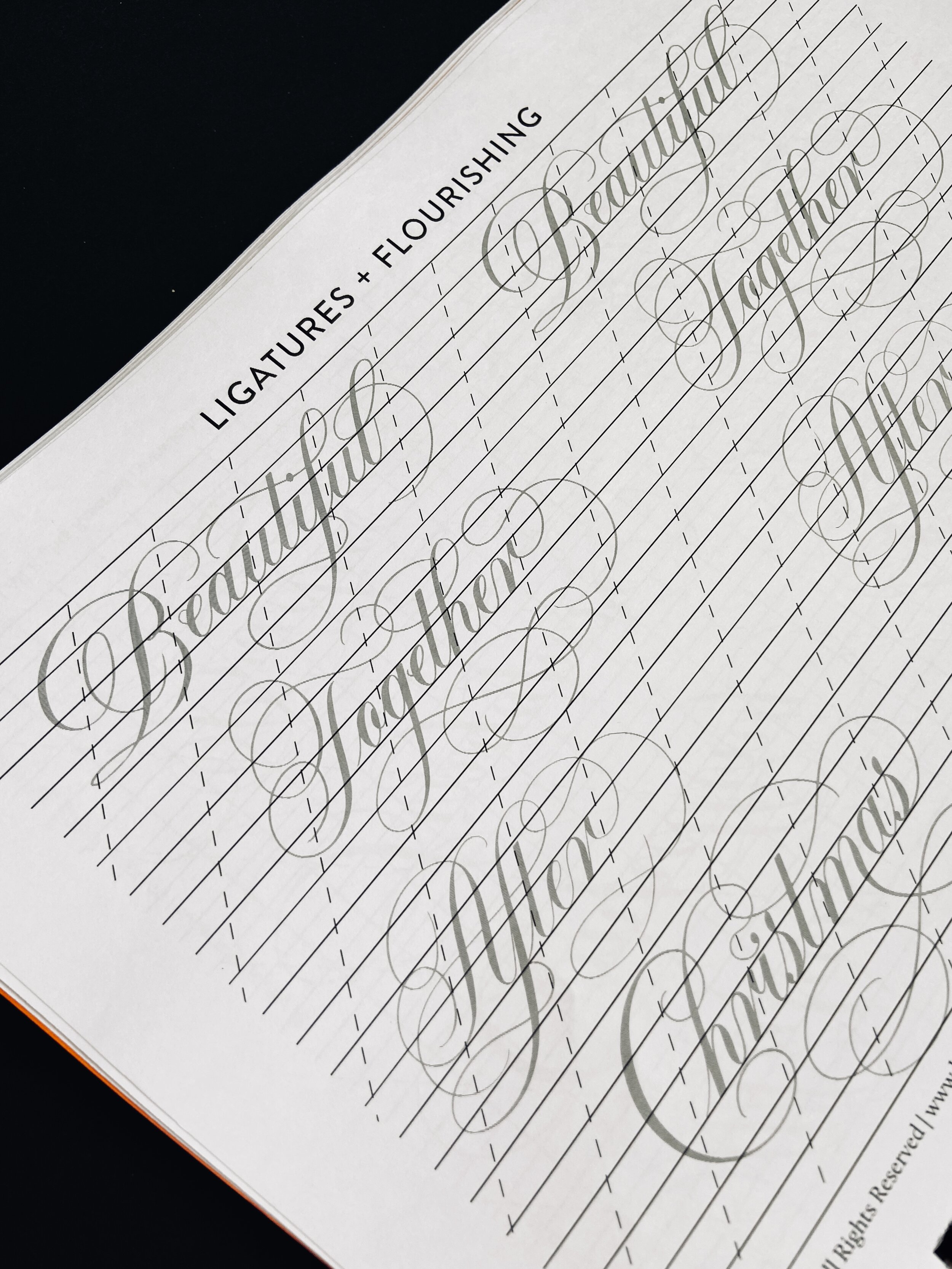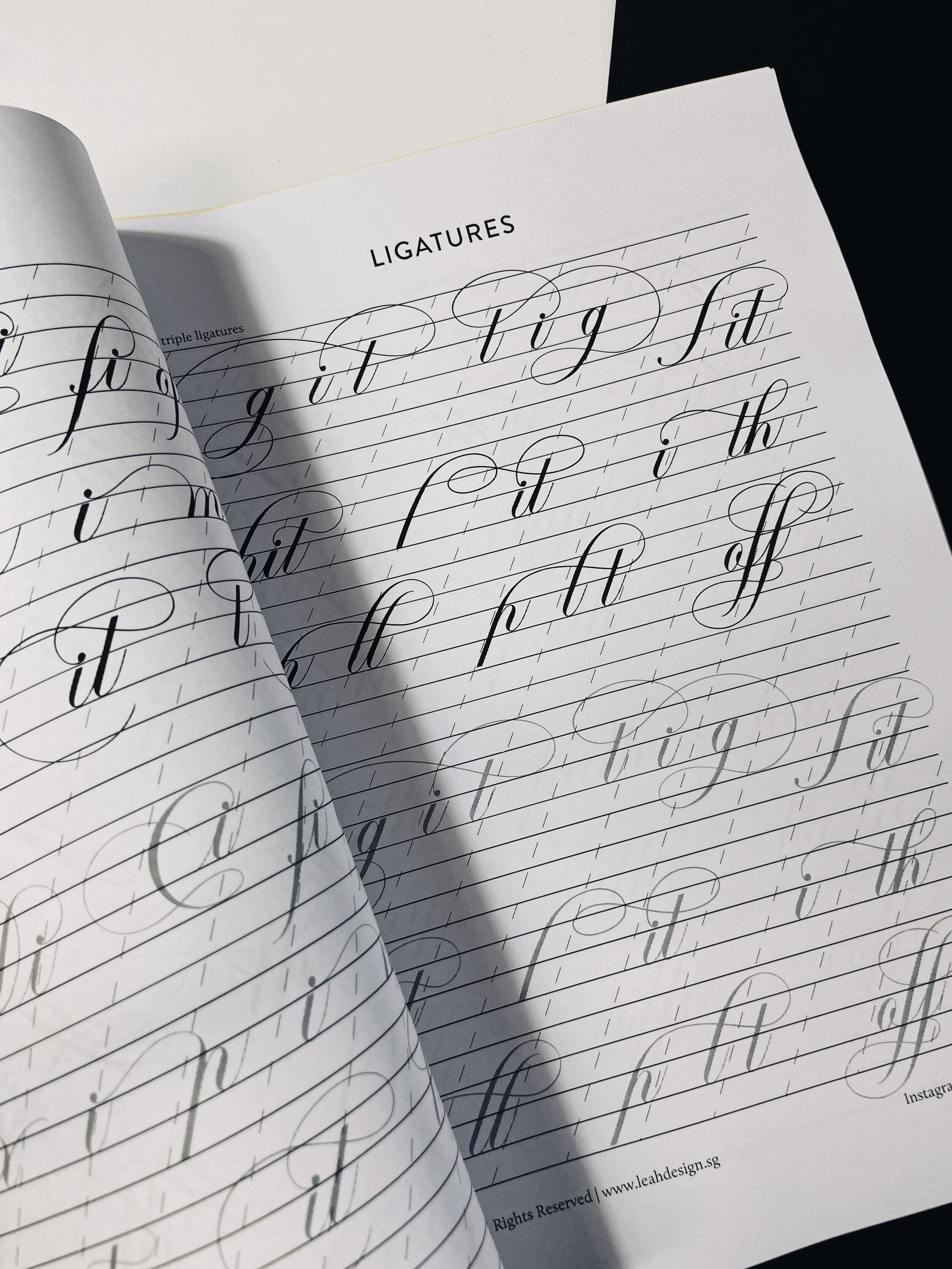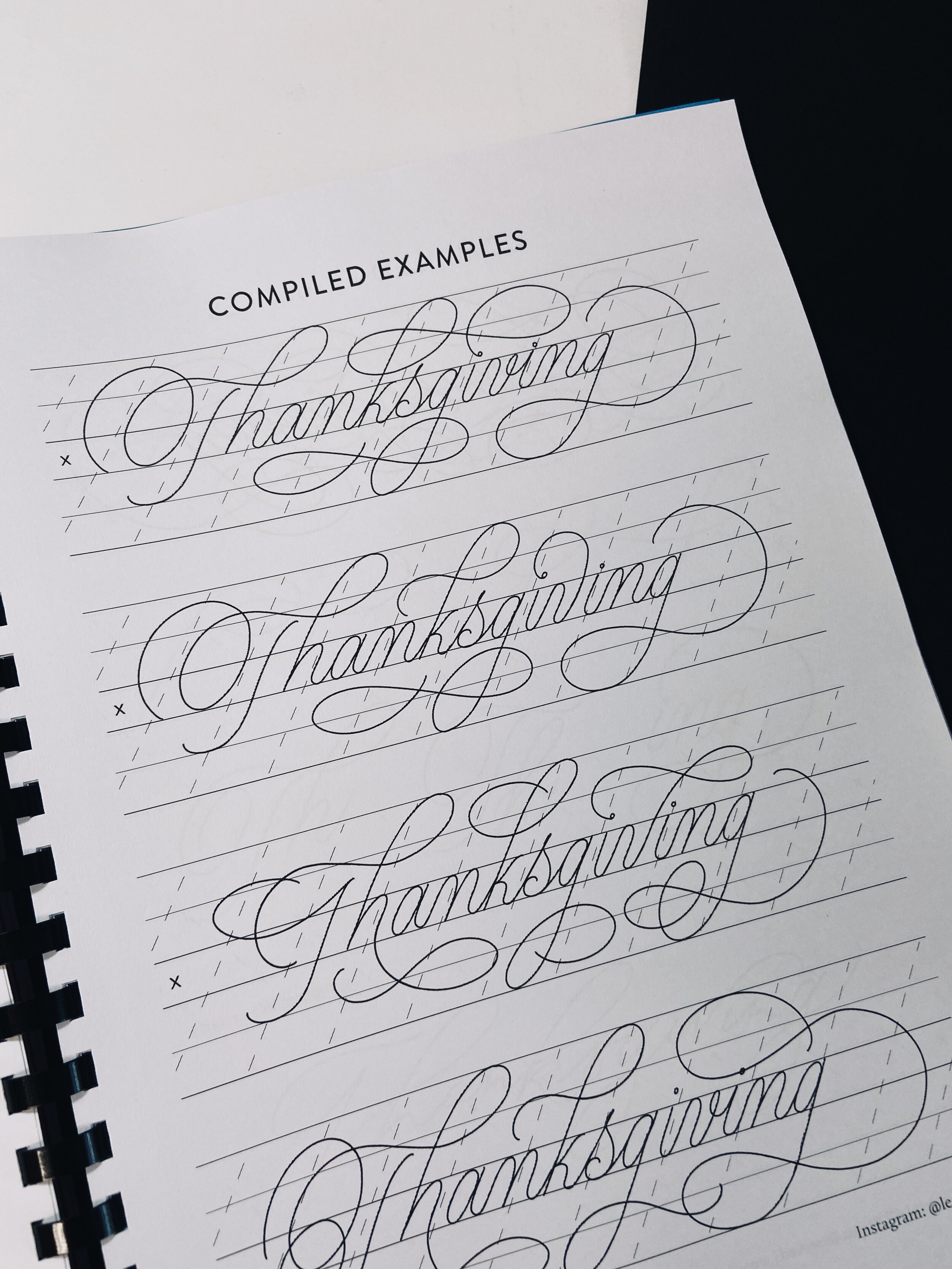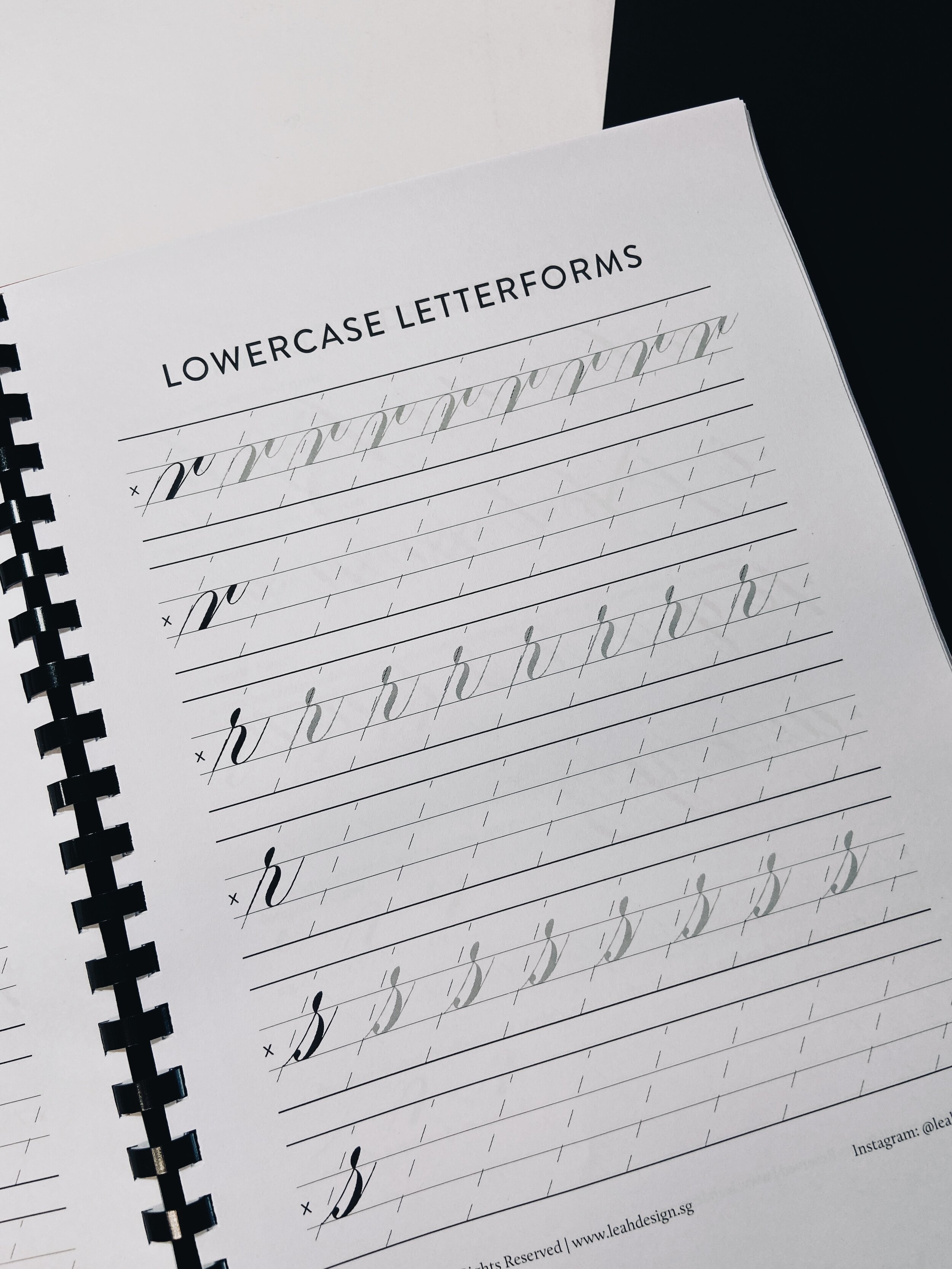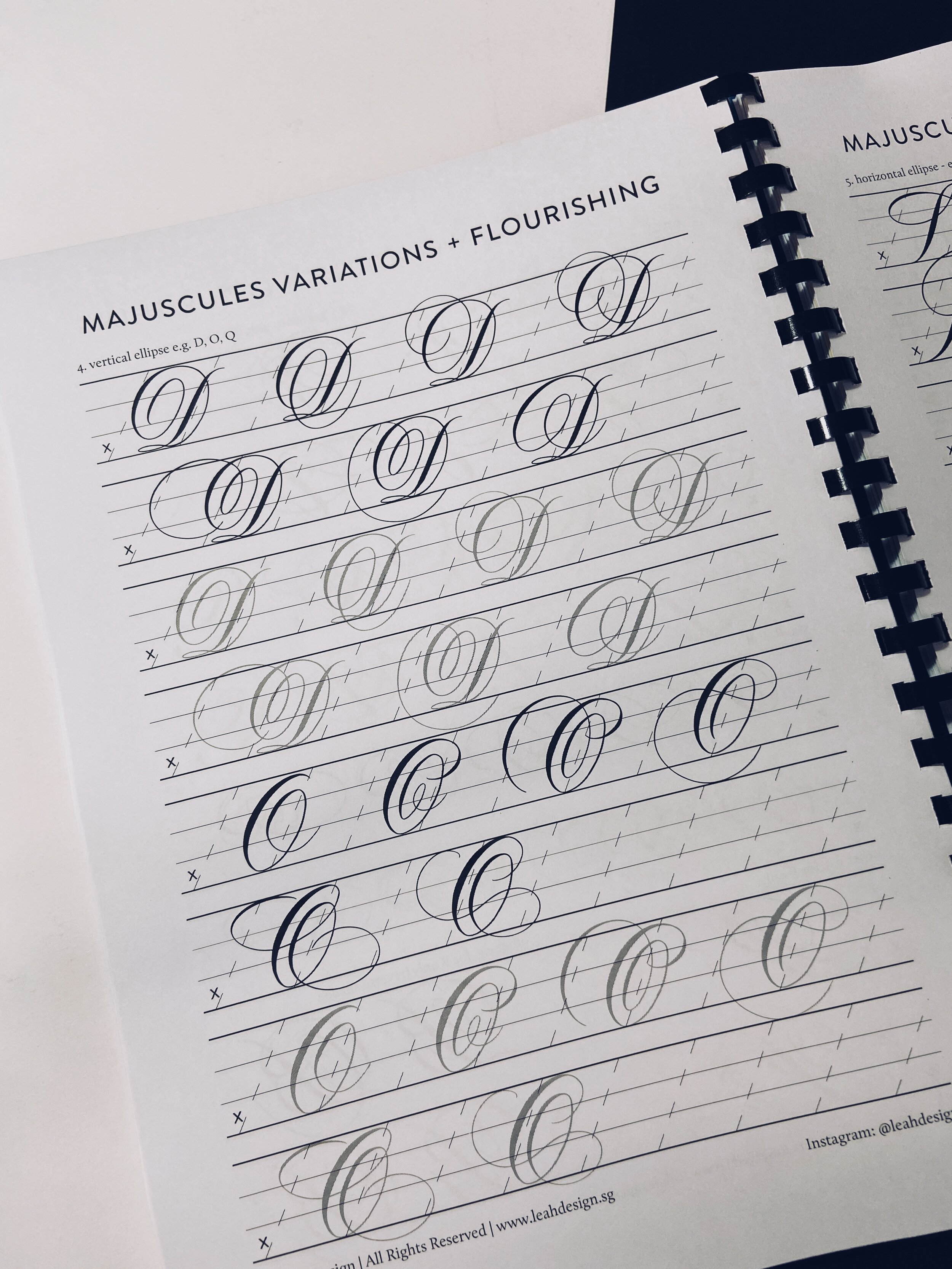Part of my calligraphy services includes engraving for corporate and personal customisation orders. And I've been asked several times on socials about my process.
So I decided to take this opportunity to film a process video on hand-engraving on glass.
And also to show you the difference between 2 engravers:
Dremel Stylo + (which was what I used before upgrading to...)
Brushless Engraver
Step 1: Safety’s first!
Always make sure that you prioritize safety first - always have a mask on because the glass dust particles are really bad for health and always have some form of eye goggles or protection on as well.
Step 2: Draft out your calligraphy design
I’m using the Stabilo All Pencil and this has a soft and waxy lead which helps you write on the glass surface. It is water-soluble so if you have not decided on your final design, you can edit it in a certain way. If you do not have the Stabilo All Pencil, you can definitely go with any other water-soluble markers e.g. Posca Markers, Micron, or a Pentel Brush Pen because after you engrave your design, you can use a damp cloth to wipe away any of the marks.
Step 3: Engrave using a thicker bur e.g. 1.2mm
Here I’m using a Brushless Engraver. This engraver is very quiet and easy to use. It also turns on really fast and goes up all the way to 35,000 rpm. Not to mention, it’s cordless too, which is great for live calligraphy events.
Alternatively, you can also go for the Dremel Stylo +. This is a more budget-friendly option which is what I started out with and I think if you're just starting out, this is a really good option regardless, compared to the other Dremel tools which are chunkier in size. The Dremel Stylo+ is so much easier to hold, kinda like holding a thicker pen.
But definitely, if you're in the market for something better, then the brushless engraver is the way to go! Previously when I was using the Dremel Stylo +, it kind of bounces off the glass. And if you really want to fine-tune the shade or swell for a stroke ie. how thick it is and whether or not you can do like a smooth stroke for the thick downstrokes - It's so much easier with the brushless engraver. The difference is really considerably noticeable.
Anyway, regardless of any engraver that you're using, you just want to make sure that you are letting the tool work for you so don't do not apply a heavy amount of pressure, lightweight pressure will do. That is what the rotation of the rotary tool itself does by kind of like chipping into the glass in a very controlled way.
Here I’m using the 1.2mm bur, tracing over my draft design to create a monoline script first.
Step 4: Engrave using a thinner bur e.g. 0.5mm to create a faux calligraphy look
Next, switch out to a thinner bur e.g. 0.5mm to have more control while creating a faux calligraphy look. What you want to do, is to add a shade / swell to all downstrokes of your script and keeping all upstrokes thin (monoline). This creates visual contrast, which makes your script look really pretty and elegant!
While you’re on step 3 and 4 engraving as you go, do wipe off the glass dust particles occasionally using a brush or your hand (optional: with gloves on).
P.S. If you're wondering on how to do the calligraphy side of things, I have a blog article linked here that goes into the details of how to keep like the calligraphy straight, centered, balanced - things like that and some hot tips and tricks where you know maybe if you have written the word a little bit too far out on the left-hand side, how do you fix that and make it centered again!
Step 5: Apply Amaco Rub ‘N Buff
Next, you want to apply the gold filling or any other color that you prefer so here I'm using the Amaco Rub ‘N Buff (gold leaf colour) to do the gold fill. Just use a q-tip and apply it all over your engraved design. Make sure to have an even coverage all over but at the same time, there's no need to put like a huge amount. A little bit goes a long way so just smear it all around and try your best to avoid the wine label in case it stains it.
Step 6: Buff out the residue to achieve an even polished surface
And here comes the most dreaded part that I hate the most! And that is buffing out the residue so that you have an even polished surface. Get that arm workout in!
Step 7: Wipe down and it’s ready to be delivered!
But it's okay it's all worth it in the end, just make sure you take your time so here's the final result of the wine bottle and it's ready to be shipped out and delivered. I hope you enjoyed learning about my process and if you have any questions just leave them down below and I'll be happy to answer them!
P.S. If you’re looking to start your calligraphy journey or improve your current skills, feel free to check out my online calligraphy course here!

